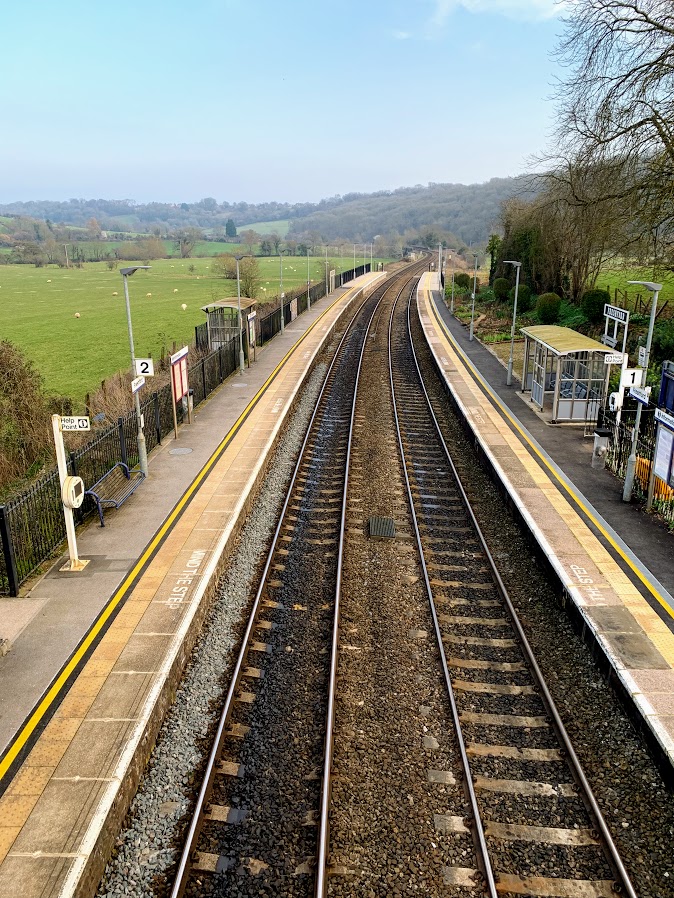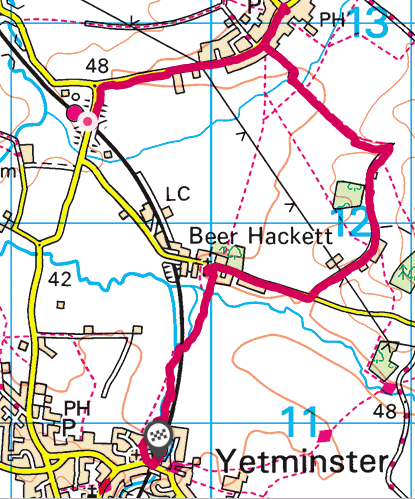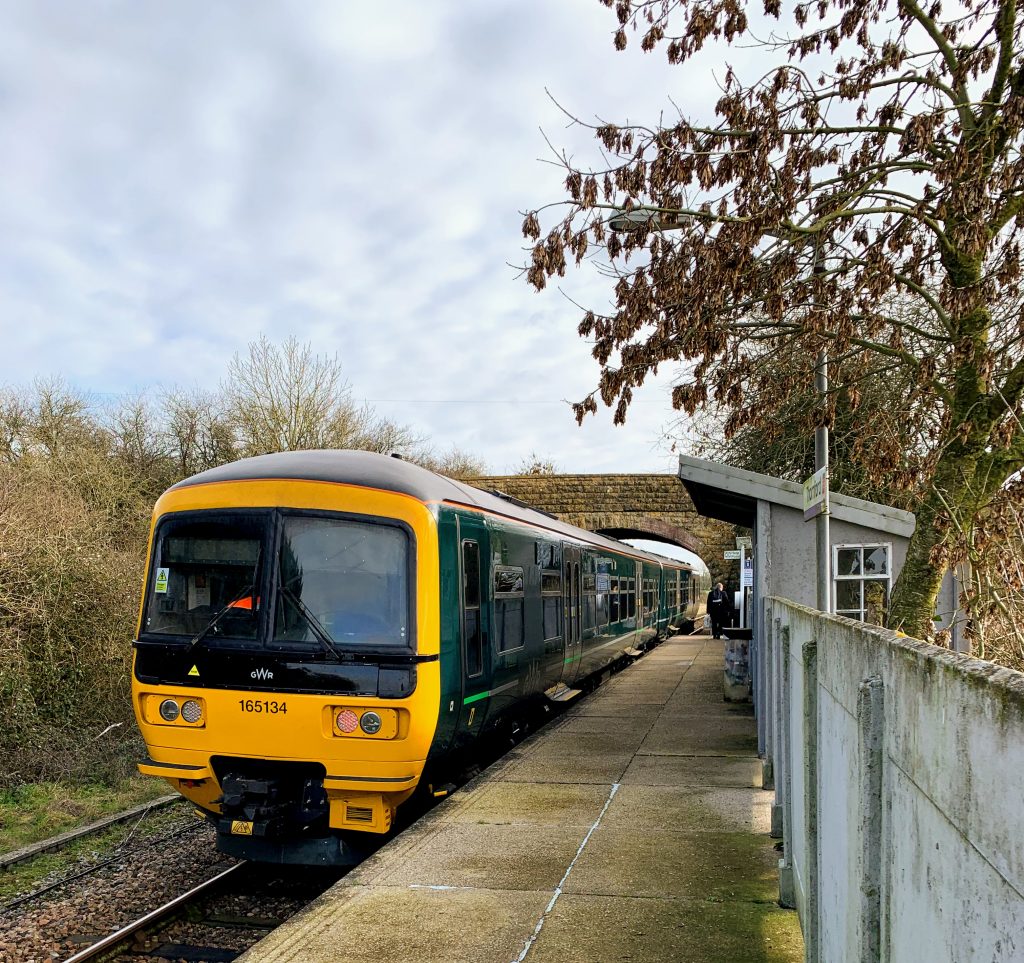That rarest of rare things – an afternoon without the kids. A beautiful crisp sunny February afternoon at that. So what could be better than a short stroll along the canal? A short stroll along the canal that also takes in two stations – that’s what!

This was intended to be a longer walk, but we started a bit later than planned. Oh yes, we. On this occasion I was walking with my wife – something we don’t get the opportunity to do on our own very often. Walking with the kids is fun too, but this was a proper treat.

We parked up at Avoncliff Station – kinda. We tucked in on a verge alongside the narrow road some distance from the station in fact. Avoncliff is a tiny station, that well deserves its original title of Avoncliff Halt. Judging from how full the car park is it is a popular place for starting a walk . We caught the train to Freshford, a 3 minute journey.

Freshford is an altogether different affair, the long sweeping platforms seem vast after the diminutive Avoncliff. But it is still pretty. There is a garden that for years was maintained by the Vaisey sisters, daughters of the village doctor. When it was restored by local villagers in 2007, Network Rail reportedly swept in and chopped it all down! It was looking pleasant when we were there, so I suppose it has now been re-restored. You can read about the incident here: https://www.independent.co.uk/voices/columnists/miles-kington/miles-kington-the-railway-station-garden-that-set-a-rival-village-apart-464377.html

We then walked through the fields, crossing under the railway line at Limpley Stoke. This was the decision point. The original plan was to walk up the hill and through the woods to Monkton Combe before heading down to Dundas Aqueduct. But time was already ticking on, so instead we crossed the Avon via the road bridge and joined the Kennet & Avon Canal.

The walk back along the canal was perfectly peaceful – apart from the occasional interruption from the trains. It was, as all walks along canals are, easy going. Other than that, there isn’t actually much to say about it. We walked past a sign describing the history of Murhill Wharf and Tramway, where stone was transported from the nearby quarry. There are apparently some GWR remnants to be seen, but we missed them this time.

Before long we were back at Avoncliff, walking over the impressive aqueduct. If you look carefully, you can see that the central section has a pronounced sag. This happened shortly after the aqueduct was completed in 1801, and it has had to be repaired many times since.
All walks that end at a pub are worth doing, and this one was no exception. It says something about the peculiarity of the weather at the moment, that we sat outside with our drinks. In February. In our coats, of course, but even so. A perfect end to a pleasant walk.

















